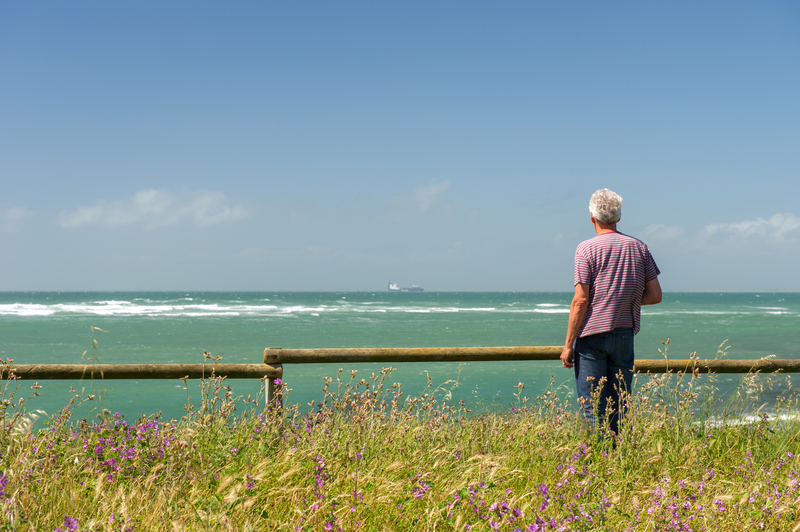Although the following list is not complete it will give you a good idea what the senior in your life may need in his or her home emergency kit. You may even want to make a copy and file it away for them so they will be ready if and when a disaster takes place near and around them!
Seniors: How to Survive a Mass Medical Crisis

* Central file with emergency contacts and medical information
It is extremely important to have a file on hand that caregivers or health care workers can access quickly during an emergency. The file should contain contact information for a senior’s doctor, pharmacy, insurance company and emergency contact person.Other important information, such as allergies, power of attorney, and a list of all medications they are taking including the dosages and times should be included.* Basic first aid materials
Of course, the emergency kit should contain all the basic first aid materials that a regular one would, such as adhesive bandages, disinfectant, gauze, scissors, alcohol wipes, tweezers, cotton balls and swabs, safety pins and gloves.* Medication
Medication is also important in an emergency. This can include things like fever reducer, anti-inflammatory, antihistamine, calamine lotion and hydrocortisone cream. Pain reliever is also a welcome addition, as sprains, bumps, and bruises can be extremely painful even if they aren’t life-threatening.* Battery powered flashlight
If there is a blackout or the senior is unable to reach the light switches due to an injury, a flashlight can be extremely useful finding the necessary emergency supplies and medications.* Cell phone with external battery pack
Along with a regular cell phone, it is a good idea to include a simple emergency cell phone in the kit, in case a senior is unable to get to their other cell phone. This should be stored along with an external battery pack or a car charger.* Blanket
Although most homes will have blankets, it helps to have everything in one place during an emergency. If a senior goes into shock after a fall or scare, it will be necessary to keep them warm and calm until emergency services arrive, and an emergency thermal blanket can easily be stored along with the other supplies.
Seems commons sense but it is surprising how many people, young and old alike, do not think of these things and are jeopardized because of it!
These are the essential but for more tips go to Before It's News. Seniors will be at enough risks during a chaos situation. Let’s give them a fighting chance by making sure they will have all they need should any natural disaster or SHTF scenario come their way!